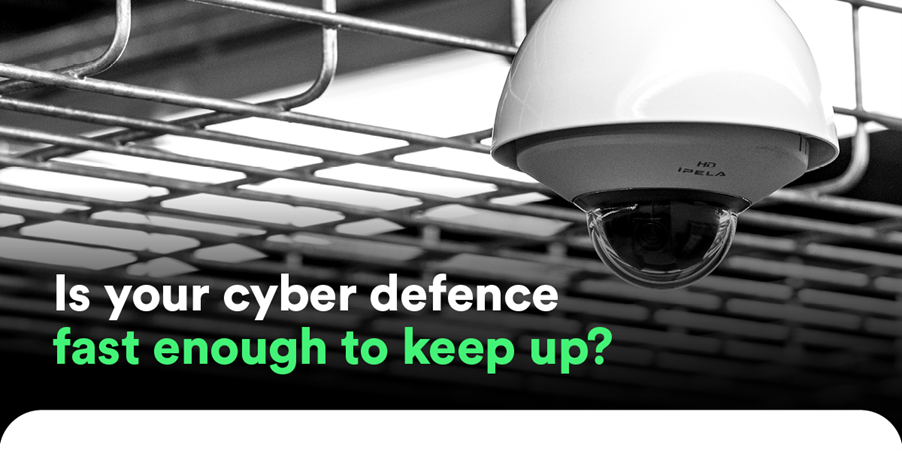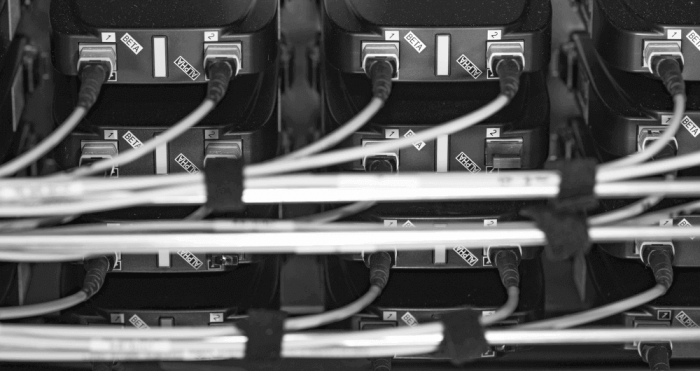Is your cyber defence fast enough to keep up?

As keeping your data and network safe becomes more complex, let’s take a look at software patching, keeping your people trained to spot a fake, and how to monitor your network traffic for signs of trouble.
The cybersecurity challenge: are you prepared?
The cyber threat landscape is evolving rapidly. Attacks are becoming more severe, more frequent, and exploit ever-cunning tactics. Is your network ready?
Patching up your weaknesses
One major entry point for hackers is outdated software. Unpatched systems are vulnerable to malware and phishing scams that prey on unsuspecting users. Traditional patching, where updates are applied one device at a time, can be a slow and cumbersome process, leaving your network exposed for weeks or even months.
To stay ahead of the curve, it’s smart to adopt a remote patch delivery system. Typically found in a SASE (Secure Access Service Edge) environment, this allows patches to be pushed out automatically across your entire network as soon as a new threat emerges.
Can your users spot a fake?
Let’s face it – not everyone in your organisation is IT-savvy. Even with basic security training, employees can struggle to identify cleverly disguised threats online. A single downloaded file can compromise your entire network. That’s why sandboxing provides a critical safeguard. This technology quarantines any suspicious files, automatically analysing them for malware before they can wreak havoc. Without sandboxing, your data’s security hinges on your least tech-savvy employee.
Is your network traffic monitoring up to the task?
The vast amount of data flowing through your network, both on-site and remote, can be a gift for hackers in two ways. First, it’s an entry point into your network. And second, it’s a potential leak pathway for sensitive information. Traditional methods like log analysis and static firewalls simply can’t keep up with the new ways hackers are finding to take advantage of openings in your network.
Here are a few ways traditional protection can fall short:
- Sophisticated attacks fly under the radar: subtle changes in network behaviour are easily missed by these techniques.
- Manual review leaves gaps: log analysis often requires manual review, creating delays that allow attacks to slip through.
- Scaling is a challenge: traditional methods struggle to adapt to growing network traffic, leaving you increasingly vulnerable.
The cloud-based solution: AI to the rescue
SASE-based cloud traffic monitoring leverages the power of Artificial Intelligence to analyse network activity in real-time. These systems continuously update malware definitions and instantly sandbox any suspicious traffic. They can also learn what “normal” usage looks like for each user and can alert your IT team to any deviations from this pattern.
By adopting these advanced security measures, you can significantly strengthen your defences and stay ahead of the ever-evolving cyber threat landscape.




